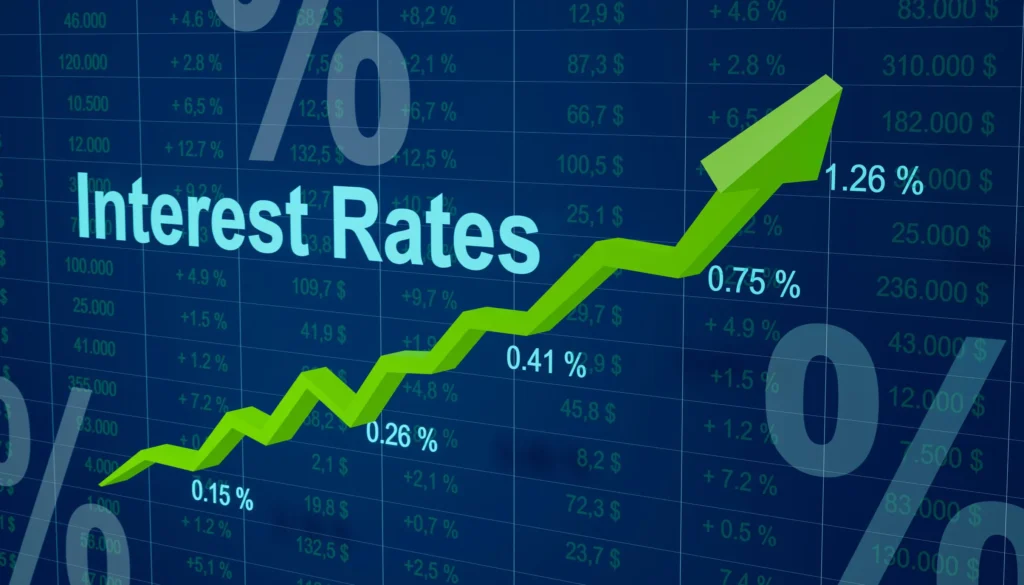
Interest rates are a key driver of the economy, impacting everything from consumer purchases to business investments. Knowing how interest rate
changes impact loans, mortgages, and savings can assist people in making better financial choices.
Effect on Loans
- Cost of Borrowing: The cost of borrowing goes up when interest rates increase. This results in more expensive monthly loan payments for personal loans, auto loans, and credit card balances. When interest rates decrease, borrowing is less expensive, making it more appealing for consumers to borrow.
- Loan Affordability: Increased interest rates can make loans more expensive, resulting in lower consumer spending and borrowing. This can dampen economic growth as individuals will postpone or forego taking loans for large purchases such as cars and houses.
Impact on Mortgages
- Monthly Mortgage Payments: Mortgage rates are influenced directly by interest rates. When interest rates increase, so do mortgage rates, which increases the monthly payments of homeowners who have adjustable-rate mortgages (ARMs) or who are seeking refinancing. Fixed-rate mortgages offer predictability, but new borrowers will have to pay higher rates when interest rates are on the rise.
- Housing Market: Increased mortgage rates can slow down the housing market by decreasing the demand for houses. Prospective buyers will find it harder to purchase a house, resulting in slower growth or even decreases in home prices in some regions.
Impact on Savings
- Savings Account Returns: Interest rates also affect the returns on savings accounts, certificates of deposit (CDs), and other low-risk investments. Savers earn higher returns when interest rates are high, which motivates more individuals to save. Lower interest rates, on the other hand, mean lower returns on savings, which can discourage saving.
- Investment Returns: Stronger interest rates may bring greater returns on fixed-income investments such as bonds. But they can also hurt the stock market as increased borrowing costs shave profits from corporations and slow economic growth.
Conclusion
Interest rates are a powerful tool used by central banks to manage economic activity. Changes in interest rates can have far-reaching effects on loans, mortgages, and savings. By understanding these impacts, individuals can make better financial decisions and navigate the complexities of the economic landscape.

